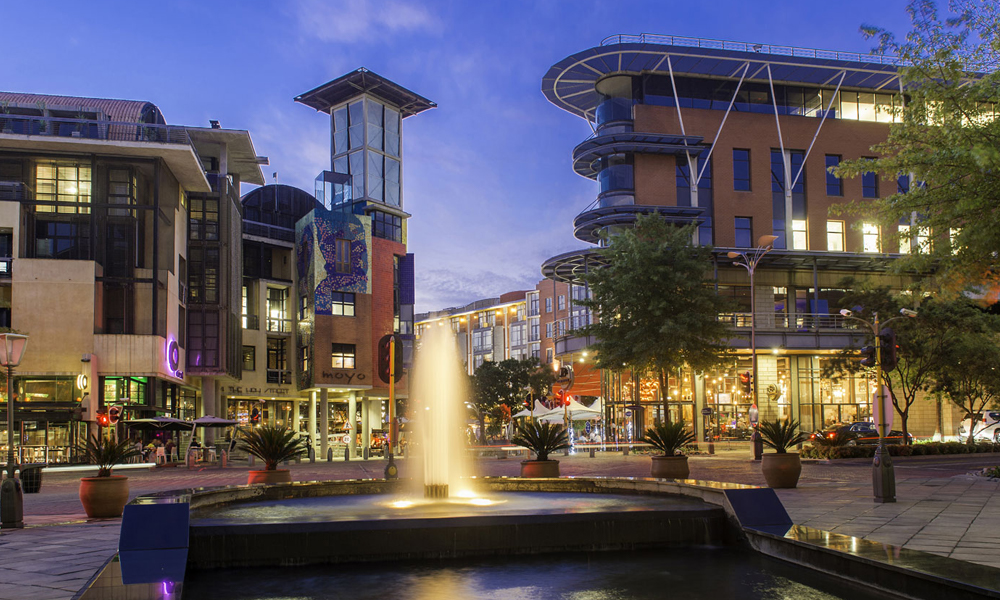New urbanism is an urban design movement that first gained traction in the US in the early 1990s. It came about as a result of mounting problems linked to the rapid urbanisation and densification of large metropolitan areas – like maintaining law and order, regulating traffic flows, delivering services, managing waste, and more.
Cities across the globe identified decentralised new urban developments as an answer to the growing need for convenient, appealing and sustainable areas where people can work, shop, and socialise close to their homes. Typically, these precincts incorporate residential accommodation, retail and office space, restaurants and hotels, entertainment and recreational facilities. Some even include schools, hospitals, libraries, theatres and the like.
So, what exactly is it that makes living in one of these modern-day villages so appealing?
Convenient lifestyle
Suburban living means we spend countless hours in our cars, in traffic, and small fortunes on petrol, road tax, and car maintenance. The daily commute has increasingly eroded quality of life and family time, so it comes as no surprise that people across the globe are looking for a simpler and more connected way of life.
Living in a new urban precinct like Melrose Arch means you don’t need to leave the precinct unless you absolutely want to because you can work, shop, dine, socialise, exercise, do your banking, get your hair cut, even visit a Doctor – all within walking distance of your home.
Safety & Security
New urban precincts are generally easier to secure due to their clearly defined boundaries, and entry and exit points that can be manned and access controlled.
For this reason, Melrose Arch is widely recognised as the safest public access precinct in Johannesburg. There’s a state-of-the-art security centre operated 24/7/365, over 700 CCTV cameras, 24-hour foot and bike patrols, biometric access control, rapid response, panic buttons in parking areas, and paramedics and doctors on call 24/7.
Scale & Walkability
New urban precincts are designed with people – not machines – in mind. Motorised traffic is often non-existent so that people living and working in these environments can move around safely, on foot, day or night.
At Melrose Arch, open air piazzas, cobbled streets and public spaces encourage residents and visitors to make the most of the wonderful Johannesburg weather. There also several open-air restaurants that offer alfresco dining all year round.
Sense of Community
Though sophisticated and technological to their core, new urban precincts are designed to bring people together, to enable human connectedness, interaction, enjoyment and fulfilment. They truly are modern day articulations of village life, societal microcosms where everything is close by, where people know each other by name, and where neighbours become friends.
Balanced by Nature
New urban precincts are a far cry from the enclosed, artificially lit, temperature-controlled shopping malls that litter suburbia. They are inherently “green by design”, with built and natural environments existing in perfect harmony. Public and private areas are clearly demarcated, building heights are regulated to eliminate dark corners and harness natural light.
At Melrose Arch, for example, hundreds of trees are scattered throughout the precinct, while gardens, courtyards, lawns, piazzas and water features combine to create inviting open-air spaces that offer respite from fast-paced city life. There’s also an expansive park adjacent to the precinct where residents can exercise, picnic, and walk their dogs.
The lifestyle for you?
If you’re ready to live your best life, we still have a few late release one- and two-bedroomed apartments available for sale at One on Whiteley in Melrose Arch. To find out more please click here.

